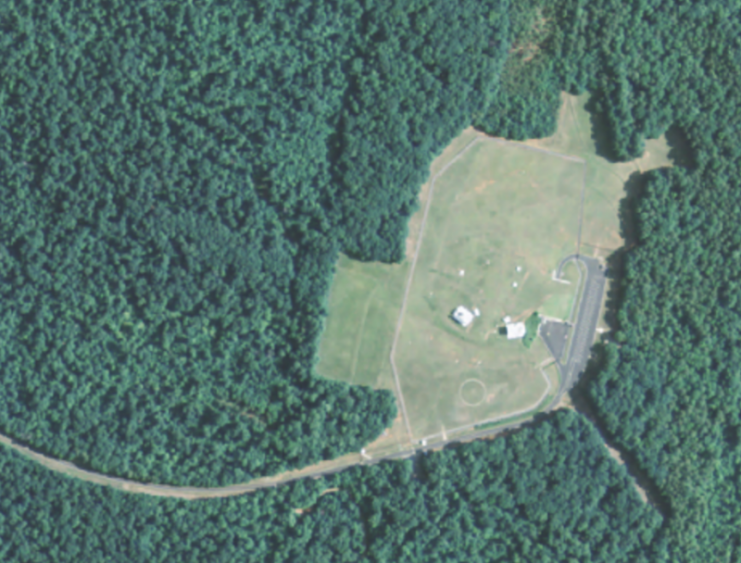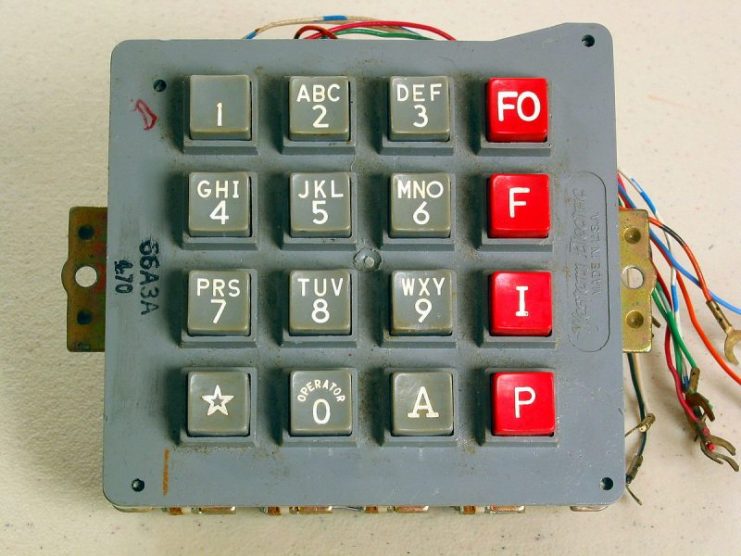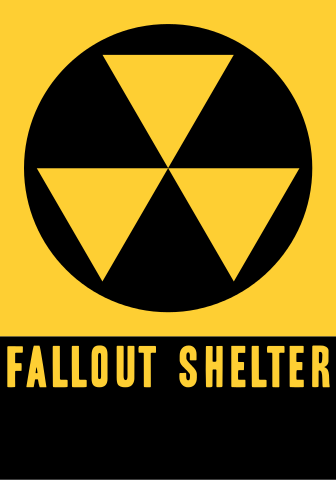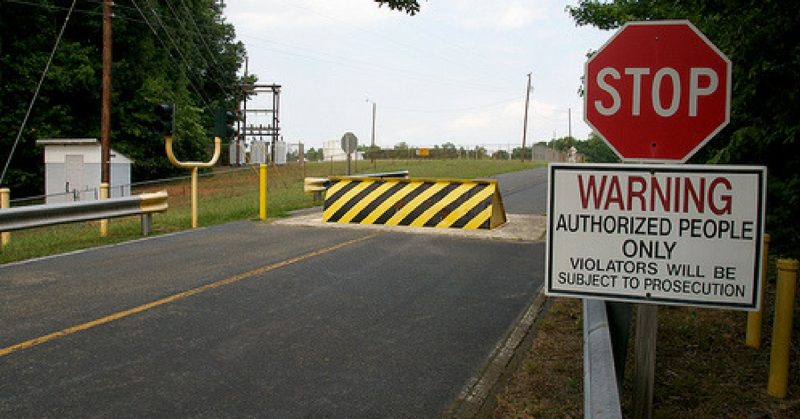The Cold War has left us many extraordinary remnants, many made for military purposes. Countless bunkers and bomb shelters were constructed all over the world as the threat of nuclear war grew and with it the fear for the very survival of mankind. As missile technology evolved, it became apparent that in the event of a nuclear conflict, the future rulers of Earth would need to be prepared to spend time living underground, waiting for the fallout to reach safe levels.
The secretive nature of the arms race during the Cold War also produced numerous urban myths and legends, together with conspiracy theories that often involved extraterrestrial sightings and various other close encounters.
One such monumental and mysterious underground structure is located amidst the dense woods of North Carolina, in Chatham County. It is a vast underground facility built in the 1960s as a joint effort between the U.S. Government and the American Telephone & Telegraph Corporation (AT&T), along with several other structures, commonly known as “The Project Offices.”

The one located in Chatham has been the subject of a lasting debate, for locals claim to have seen strange activity going on within the 191-acre compound. Popularly known as the Big Hole, the facility remains guarded and curious visitors are strongly advised not to come too close.
But what exactly is the Big Hole?
Well, the AT&T Corporation and the U.S. military developed this 13-stories deep “underground skyscraper” to function as a U.S. command and control center in case of an all-out nuclear assault.
It relied on the revolutionary Automatic Voice Network (AUTOVON), which was installed in 1964, and came online two years later. AUTOVON was the cutting-edge worldwide military telephone system of its time.
Apart from the central command built in Chatham, around 60 AUTOVON relay and switching centers were constructed around the United States, all for the purpose of establishing immediate communication after a nuclear strike. The continuity of government was key in Cold War disaster planning, and the Big Hole was intended to make sure that this would be achievable if a strike wiped out Washington DC.

The property was bought for $27,000, after which another $7 million was spent in the construction of the underground compound which remains surrounded by 10-foot high chain link and barbed-wire fences.
Soon after the Cold War ended, and the dissolution of the Soviet Union, strange stories began to emerge, both from the locals living around the secret base and ex-employees of AT&T who spent years in the underground facility.
But AT&T, which still owns the property, has dismissed all conspiracy theories while refusing to provide further comment. In 2000, Wayne Jackson, director of communications for the company’s government markets division, stated to the media concerning the conspiracy theories surrounding the property:
“This is what we call a ‘central facility’ and we do not discuss it. You’ll have no comment out of me, and I speak for AT&T in this situation.”
Nevertheless, while the compound itself remains as secretive as ever, a 1983 Army Signal Corps manual includes a list of criteria which match the Big Hole facility. It has descriptions of the necessary traits that a piece of land would need to have for building Project Office compounds.
First of all, it would have to be secluded but with nearby access to main roads. Also, reliable air conditioning and enough space for a power generator were considered a must-have. All of these conditions exist within the Big Hole.

Apart from the secrecy surrounding its use today, there is no doubt that the Big Hole is one of the best-equipped fallout shelters in the U.S., and very probably the world. The entire underground part of the compound descends deep into the ground and is suspended from a superstructure ceiling to cushion bomb blasts. The bottom floor is positioned on a shock-absorbing foundation of gravel and coils. The walls are a foot-and-a-half thick and are sheathed in copper to deflect any electromagnetic pulse.
The AUTOVON system itself, on the other hand, reportedly operated with 180,000 access phones on the network, and the system was handling 1.1 million calls any given day, according to the 1987 Defense Communications Agency directory.
But it was an analog system so its downfall came once satellite and the computer communications were invented. As soon as digital communications took over, the technology on which AUTOVON relied became redundant.
This led to the site being officially deactivated in 1996. Still, activity around the compound attracts much curious independent research, even though the code of silence still remains. What the Big Hole is used for today we’ll probably never know, but the alleged activity surrounding the compound will undoubtedly provide us with years of speculation and material for conspiracy theories.
